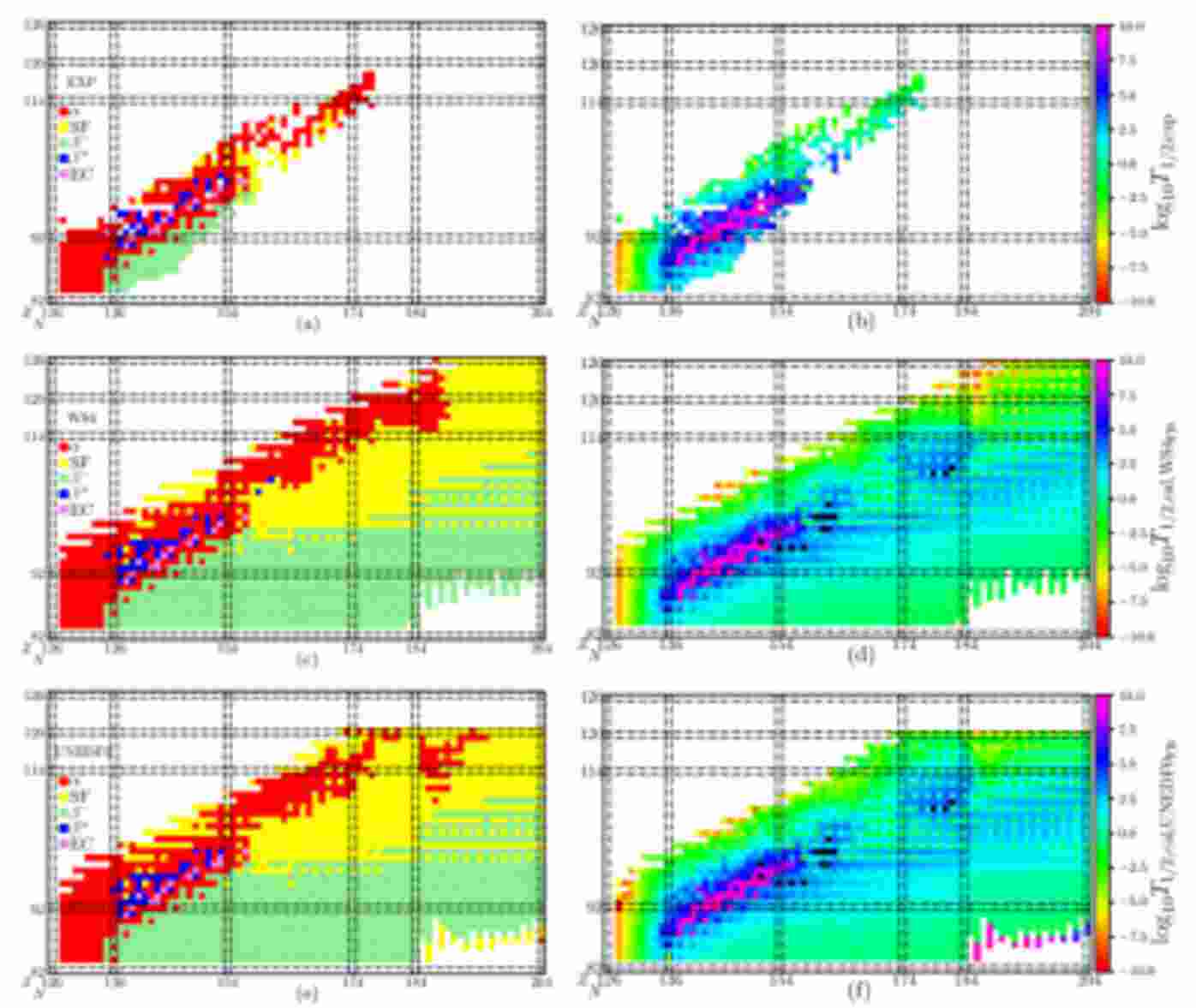Chinese researchers build AI models that predict decay modes, half-lives of superheavy nuclei with unprecedented accuracy

A team of researchers from Sun Yat-sen University in China has made a groundbreaking discovery regarding the decay patterns of superheavy nuclei. Using a random forest machine learning algorithm, the team gained new insights into the half-lives and decay modes of elements beyond oganesson (element 118).
The team focused on studying nuclei with a high number of protons (Z) and neutrons (N). They employed a combination of semi-empirical formulas and advanced machine learning techniques to calculate partial half-lives for various decay modes such as alpha decay, beta-minus decay, beta-plus decay, electron capture, and spontaneous fission (SF). The random forest algorithm played a crucial role in improving the precision of these calculations by considering multiple nuclear properties and decay energies.
The study's findings are revolutionary, as they shed light on the prevalence of alpha decay in regions with a neutron shortage, and beta-minus decay in areas with a neutron excess. The algorithm's accuracy was remarkable, having correctly predicted the dominant decay mode in 96.9% of the studied nuclei. The researchers also discovered a previously unknown long-lived island of spontaneous fission situated southwest of element 298 Fl (flerovium), providing insight into the complex balance between the fission barrier and Coulomb repulsion in superheavy elements.
This research is a significant step forward in understanding superheavy nuclei and the ways they decay. This understanding is essential for exploring new elements and discovering the "island of stability" in the realm of superheavy atomic masses. The study emphasizes the importance of precise measurements of nuclear mass and decay energy in making accurate predictions. The team has proposed multiple isotopes for future exploration, which will play a crucial role in advancing nuclear research, particularly in modern facilities such as CAFE2 and SHANS2 in Lanzhou, China.
The use of the random forest algorithm has revolutionized nuclear physics and provided a deeper understanding of superheavy nucleus decay. This breakthrough sets the stage for future discoveries in this exciting field.

 How to resolve AdBlock issue?
How to resolve AdBlock issue?